IBM 90P1313 (73 GB)$45.00 to $130.00
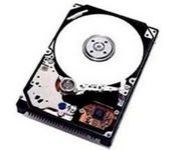
Designed specifically to meet the needs of your advanced, data-intensive applications, IBM hard disk drives provide users with a wide range of capacities and interfaces for nearly every data-intensive application.
Manufacturer:IBM Product MPN MPN | 90P1313 | Key Features Designation | Desktop Computer | Capacity | 73 GB | Interface | SCSI | Enclosure | Internal | HDD Form Factor | 2.5" | Spindle Speed | 10000 RPM | Technical Features Internal Data Transfer Rate | 4,992 Mbit/s | External Data Transfer Rate | 320 MBps | Seek Time | 4.7 ms | Buffer Size | 8 MB | Average Latency | 3 ms | Interface (Detailed) | SCSI • SCSI Ultra320 | Hot Swap | Yes | Other Features Platform | PC | Package Qty. | 1 | Dimensions Weight | 1.3 lb. | Miscellaneous UPC | 000435316769 |
Tags:ibm, 90p1313, 73, gb,
| Apricorn A25-USB-160 (160 GB)$68.00 to $132.00
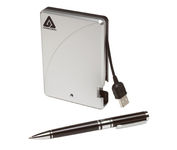
The Aegis Portable 2.5" hard drive instantly adds up to 160GB of capacity which is ideal for storing, sharing or backing up your valuable data. It's the perfect companion for travel between home and the office, or for extra storage on the go.
Manufacturer:Apricorn Product MPN MPN | A25-USB-80 | Key Features Capacity | 160 GB | Interface | USB | Enclosure | External | HDD Form Factor | 2.5" | Spindle Speed | 5400 RPM | Technical Features External Data Transfer Rate | 60 MBps | Seek Time | 12 ms | Buffer Size | 8 MB | Average Latency | 5.56 ms | Interface (Detailed) | USB 2.0 | Hot Swap | Yes | Other Features Compliant Standards | Plug and Play | Platform | PC, Mac | Package Qty. | 1 | Dimensions Height | 0.75 in. | Width | 3.33 in. | Depth | 4.72 in. | Weight | 1 lb. | Miscellaneous UPC | 00708326911214 |
Tags:apricorn, a25-usb-160, 160, gb,
| CMS V2DSKTP-1TB (1 TB)$138.00 to $250.00
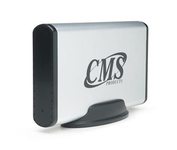
The CMS (V2DSKTP-1TB) 1 TB SATA Hard Drive is fully compatible with PC, Mac systems.The Hard Drive connect by: Serial ATA for External utilization. Spinning up to 7200 RPM and offering capacity as large as 1 TB
Manufacturer:CMS Product MPN MPN | V2DSKTP-1TB | Key Features Capacity | 1 TB | Interface | Serial ATA | Enclosure | External | Spindle Speed | 7200 RPM | Technical Features External Data Transfer Rate | 300 MBps | Seek Time | 8.9 ms | Buffer Size | 16 MB | Average Latency | 4.17 ms | Interface (Detailed) | Serial ATA | Other Features Compliant Standards | Plug and Play | Platform | PC, Mac | Package Qty. | 1 | Dimensions Height | 1.25 in. | Width | 4.63 in. | Depth | 8.25 in. | Weight | 2.4 lb. | Warranty Warranty | 3 Years |
Tags:cms, v2dsktp-1tb, 1, tb,
|
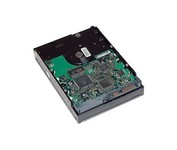
The Hewlett Packard (EM174AA) 300 GB SAS Hard Drive is fully compatible with PC systems.The Hard Drive connect by: SAS for Internal utilization. Spinning up to 15000 RPM and offering capacity as large as 300 GB
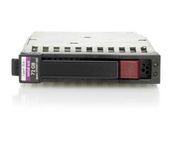
Serial Attached SCSI is the logical evolution of SCSI, including its long-established software advantage and the Serial ATA electrical and physical connection interface. With enterprise storage requirements escalating and becoming more complex, factors such as larger capacity, greater density, security, scalability and accessibility are more critical than ever.Minimize
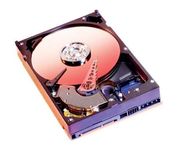
Cool, quiet operation, superior performance and industry-leading reliability make these SATA drives ideal for desktop, business, and consumer electronics storage.
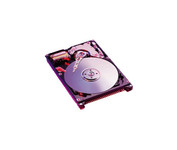
The Western Digital Scorpio 120 GB USB 2.0 Hard Drive is fully compatible with PC systems.The Hard Drive connect by: USB 2.0 for External utilization. Spinning up to 5400 RPM and offering capacity as large as 120 GB






